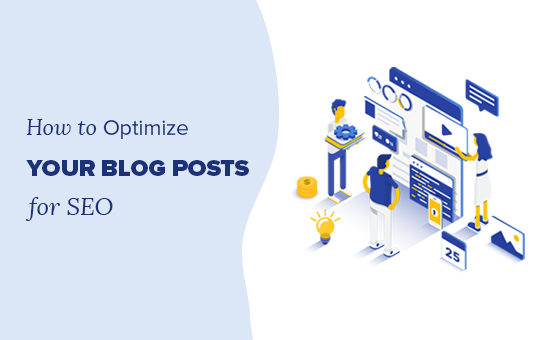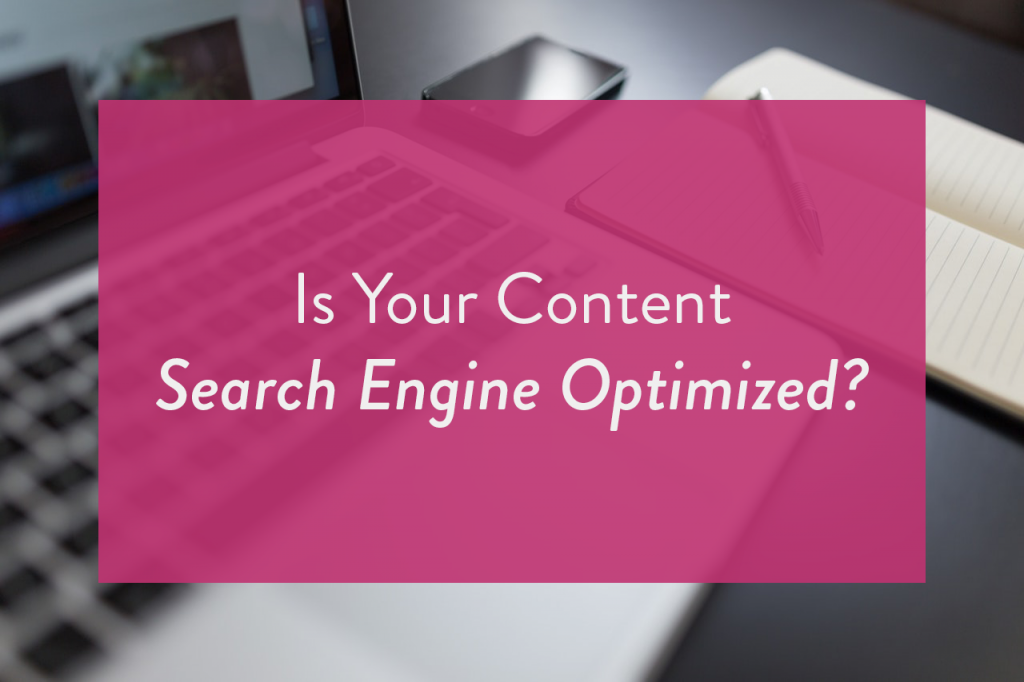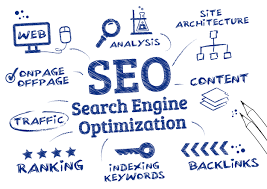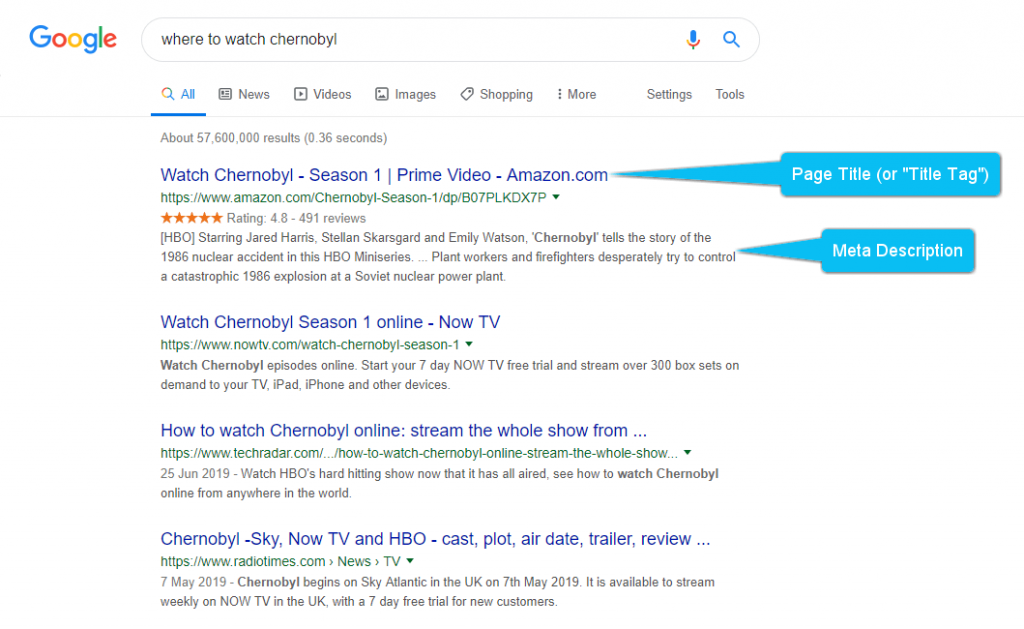07 Nov

SEO is extremely important for a blog post. Because it helps you consistently get more traffic to your website. There are many things you can do to optimize your blog posts for SEO. The best time to optimize your blog content for SEO is when you are creating it, yet you can always go back and improve your old articles as well.
Publishing regular blog posts gives you opportunities to target a large number of long-tail keywords, keeps people on your website longer, and gives other websites something to link back to.
In this article we have focused on some basic step you can take to search engine optimize (SEO) a blog post.

Ways to Search Engine Optimize a Blog Post
1. Do your research
Keyword research is essential for on page optimization. Chances are you are naturally including keywords without realizing it simply by providing valuable content on a topic. However, there are a variety of tools and techniques for finding related keywords relevant to your blog post that you may not have considered.
Google’s free Search Console contains a section called the Search Analytics Report. This report helps you analyze clicks from Google Search. It’s useful to determine which keywords people are using to find your blog content.
2. Utilize keywords throughout your post
Once you have targeted a couple of valuable, relevant keywords, it is important to place them where they will have the most impact for humans and search engine crawlers indexing your content. Try to include them in the following places:
- Title
- Headings and subheadings
- Introductory sentence
- Concluding paragraph
- Anchor text (text you hyperlink to other related pages on your site)
- Title tags and meta descriptions
But remember don’t stuff your content with too many keywords as that can be irritating for the reader. Also it will get you penalized by Google. A couple of strategically placed keywords will do the trick.
3. Crafting headlines and use a H1 heading tag
Your headline is very important. Hence, choosing a title that explains your blog immediately is best for SEO. Part of the heading is a potential phrase match for the type of longtail keyword search that people are likely to make on Google.
When it comes to headings then, include keywords that will match with people’s searches, and make your heading interesting and informative enough to give people a reason to click or continue reading.
The H1 heading is super important, as it gives Google critical information about the content of your page. If you are using WordPress, depending on the theme, your blog post title is very likely to be formatted as a H1 by default, but it’s worth checking. Also, make sure you don’t use more than one H1 tag on a page, as this confuses Google and will actively hinder your SEO attempts.
4. Write content that’s relevant and useful to your target audience
Another significant point is to write relevant content. In terms of SEO being relevant plays an important part for Google ranking. The more you write about similar and related topics, the more helpful this will be for building authority. For Google to rank you well, it needs to be convinced that you are an expert or authority in a particular area.
Moreover, make sure your content is relevant by thinking about who your customers are, understanding their pain points, answering the questions they often ask and highlighting the benefits that your service or products provide. You can also write about company news, produce detailed ‘how-to’ guides, provides tips and advice, case studies, detailed brand, range or product profiles, customer reviews and testimonials. Usually, most of the people read this kind of content.

5. Use small paragraphs, sub-headings and bullet points to engage your reader
Sub-headings are a great way to break down your content. This also helps in SEO; sub-headings should use H2, H3, H4 tags to give Google additional information. Unlike, H1 tag you can have as many H2, H3, H4 tags as you want. Also, make sure that the sub-heading provides useful information for readers as well as important keywords.
People have short span of attention, they won’t read long paragraphs, and instead they’ll be interested in reading when the content is split into short paragraphs, when lists and bullet points are used, when there are sub-headings to further break up content, and finally when there are plenty of pictures used.
Keeping readers on your page for longer once again is an SEO ranking signal; if people stay on a page for a few minutes indicating they have read your content and are engaged, this sends a positive message back to Google.
Using Google Analytics you can see your website’s insight; it will give you a great amount of insight into how long people are staying on each page of your website, as well as lots of other fascinating insights into visitor behavior.
6. Optimize your images
Images are imperative for customer’s attraction. Breaking up content with more images is the smartest move however and you should ensure each image is fully optimized.
There are two main things you need to do to optimize your images;
- Make sure you name the files in a logical way e.g. DC381730.jpg is useless and should become something keyword based like topic_keyword_picture_title.jpg. A well optimized image is very likely to be included in Google Image Search too, giving you another potential route for people to discover your content.
- When you insert an image into a blog post you have the ability to enter an ‘ALT’ tag (alternative image tag). These are technically for screen readers, but can be utilized for SEO purposes too; your ALT tag should essentially be brief description describing the picture you’ve used. In the WordPress media library, you can go through each image you’ve uploaded and save a corresponding ALT tag.
7. Optimize your META title and description
Meta title is particularly important and if you aren’t sure what it is, it’s the title that Google uses to make sense of the content on your page. The META title is also generally the big blue headline that you see appear in search results.
A Meta description is the additional text that appears in SERPs that lets reader knows what the link is about. The meta description gives searchers information they need to determine whether or not your content is what they’re looking for and ultimately helps them decide if they’ll click or not.
In addition to being reader-friendly (compelling and relevant), your Meta description should include the long-tail keyword for which you are trying to rank.

8. Content amplification is critical to reach more people
Quality links are a valuable commodity for any site looking to rank higher in search engine results pages. You can have outbound links and internal links too. Both are important for SEO.
As inbound links to your content help show search engines the validity or relevancy of your content. The same goes for linking internally to other pages on your website. If you’ve written about a topic that’s mentioned in your blog post on another blog post, ebook, or web page, it’s a best practice to link to that page.
If an article you publish is well received, people are likely to be posting links to your article on their social media profiles, referencing and linking back to your post and saving it to places like Pinterest.
Hence the more backlinks leads to better quality and relevance too. Spam backlinks from low authority sources won’t do you any good (too many can even harm your SEO), so go for quality over quantity.
Wrap up
By following these simple SEO tips, you can encourage higher rankings in SERPS, increased web traffic, and higher customer conversion rates. When you have a blog that’s updated regularly with blog posts that are high quality and on topics relevant to your audience, it can make a huge difference to how your overall website performs in the search engines.
Your blog is one of your most important and powerful SEO tools. Every blog post you publish presents a number of opportunities to strengthen your website’s search authority.
